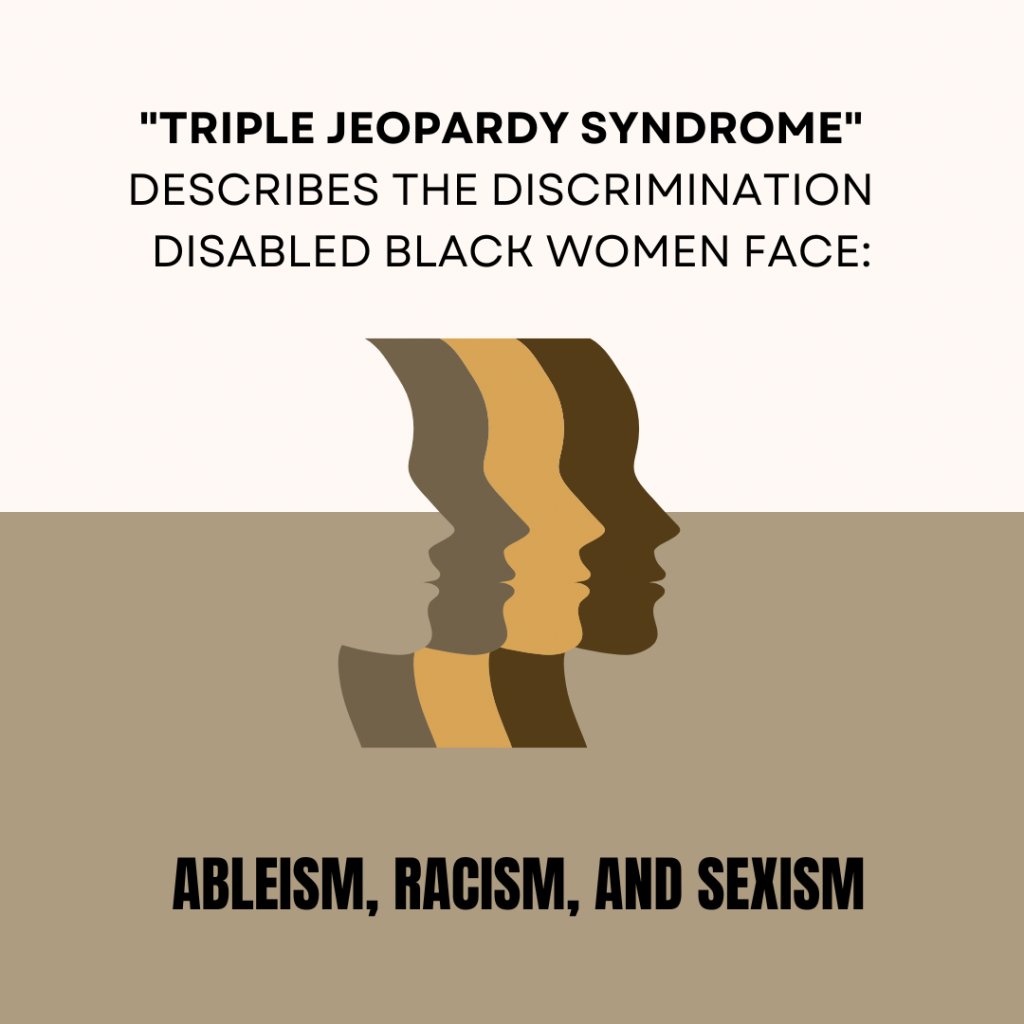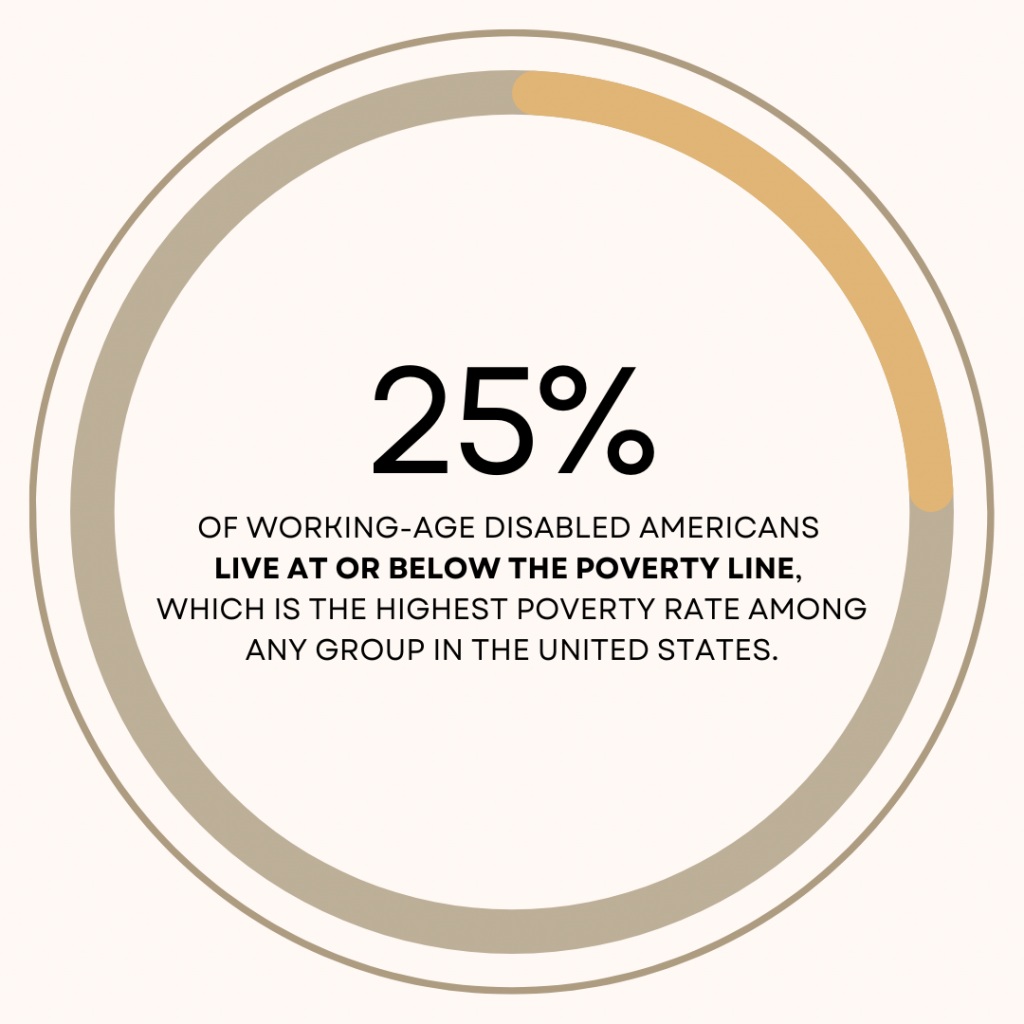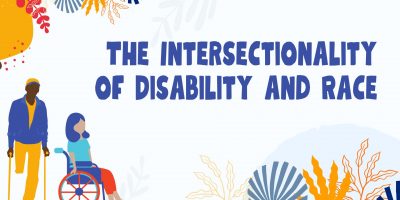
Organizational Power or Organizational Leadership?
What’s better, organizational power or organizational leadership? And can we have one without the other?

The human experience has been the focal point of many discussions and where the threads of identity intersect unique and intricate patterns are formed that shape how we perceive and navigate the world.
Disability, as a social construct, encompasses a wide range of experiences that can profoundly impact someone’s life. Similarly, race, with its cultural and historical dimensions, plays a pivotal role in shaping perspectives and opportunities.
However, the convergence of these two identities – race and disability – has often been overlooked in workplace discussions.
This article explores the experiences of people of color with disabilities in the workplace. It sheds light on the inequalities that arise due to ethnic, disability-related, and socioeconomic characteristics, which profoundly affect the access to opportunities, career development, and overall wellness.
Every year in July, International Disability Pride Month is celebrated to raise awareness of the difficulties that individuals with disabilities experience.
The United States has between 36 and 57 million persons with disabilities, according to the U.S. Census Bureau. However, despite the size of this demographic, there is a lack of both awareness and scientific information on disability issues.
One of the challenges faced by people with disabilities is the intersection of disability and race. These two social constructs have been used to oppress and marginalize, and the challenges faced by people who identify with both groups can be compounded.
For instance, there is a term called “triple jeopardy syndrome” that describes the struggles faced by disabled Black women. This term refers to the discrimination they encounter on three fronts: ableism, racism, and sexism.
The concept of intersectionality, originally introduced by Kimberlé Crenshaw, explores how these various social identities intersect and interact.

One area where the impact of disability and race becomes evident is within employment opportunities.
Securing employment is crucial for fully participating in society as it provides benefits, such as a sense of purpose, increased independence, status, and acceptance in the community.
However, despite anti-discrimination laws like the ADA (Americans with Disabilities Act), individuals with disabilities still encounter disparities in employment opportunities.
For instance, one study discovered that Caucasian applicants receive 53% more callbacks and a staggering 145% more job offers than applicants from racial and ethnic backgrounds. Similarly, another research revealed that individuals who disclose their disability status in job application materials, such as cover letters, receive lower responses from employers compared to those without disabilities.
These discrepancies shed light on how employers may, intentionally or unintentionally, make decisions based on race or disability status, thereby limiting employment opportunities for marginalized communities.
Organizations should hold themselves accountable for their diversity and inclusion efforts.
As a starting point, companies can create hiring policies and employment models that actively seek to hire and retain employees from diverse racial backgrounds with disabilities. They can also establish affirmative action programs to ensure equal representation and opportunities for advancement.
Finding a job may not be the only hurdle for someone with overlapping social identities. Both disability status and racial identity impact how people experience their workplace and interact with their coworkers.
Experiences of employment discrimination, such as racism or ableism, can ultimately impact employee mental health and lead to social isolation and loneliness in the workplace.
People who have visible disabilities may encounter assumptions about their abilities or intelligence, while racial minorities may experience microaggressions regarding their cultural heritage or language skills.
Businesses need to establish systems that ensure equitable treatment of people with disabilities in the workplace. These systems should include policies prohibiting discrimination and mechanisms for monitoring and evaluating compliance.
It is evident that people of color who have disabilities face barriers that neither group faces individually.
The interconnectedness of disability and race highlights the compounded challenges marginalized groups endure, especially when their disability intersects with other aspects of their identity, such as gender, LGBTQ+ status, and more.
Race and disability intersect in profound ways, yet their connection is often overlooked, with these two forms of oppression seen as separate issues. However, it is crucial to acknowledge their intertwining nature.
Living with a disability alone already introduces significant barriers to education, information access, and social inclusion. For individuals identifying as part of racial minorities, the intersectionality of race and disability creates even more complexities and obstacles, especially when seeking adequate care, disability justice, or support.
The challenges faced by disabled people of different races are not simply a coincidence but are deeply rooted in systemic barriers and discrimination.
These challenges manifest in various aspects of life:
Beyond these statistics, the consequences stemming from the intersectionality of race and disability extend to various areas. These communities face challenges like health disparities, heightened vulnerability to violent crimes, and limited earning potential, to name a few.
The intersection of race and disability is a complex issue with no easy solutions. Thus, it’s crucial to understand the obstacles people of color who also have disabilities face, so one can develop practical approaches to meet their needs.

Historically, inclusion efforts have followed a sequential path, focusing on specific characteristics like gender, race, and sexual orientation, leaving disability and other traits for later consideration, if at all.
Though well-intentioned, this approach fails to account for the complexities of intersecting identities.
What happens when someone embodies multiple marginalized identities, such as being an older, Latin, visibly disabled woman, or an Indigenous, economically disadvantaged, autistic man?
Sequential inclusion leaves such individuals behind, perpetuating disability inequalities and inhibiting actual progress.
Businesses can take several practical steps to embrace equality and foster workplace inclusion for people with disabilities from diverse racial backgrounds.
Some employment strategies include:
Companies that embrace diversity and inclusion not only make a positive social impact but are also more successful. Namely, one study conducted by Accenture found that companies that excel in disability employment and inclusivity experienced an increase of 28% in revenue, had double the net income, and had 30% higher economic profit margins than their counterparts.
Having mental health’s individual and sensitive nature in mind is why relying on external experts to evaluate it is a better solution than leaning solely on the in-house HR team. This is also a better solution for bigger companies handling the matter without external help.
Understanding intersectionality is incredibly important because it helps us grasp the obstacles faced by individuals who belong to marginalized communities. It also prompts us to question the notion that oppression stems from an identity.
Instead, we recognize that oppression often arises from the convergence of many factors.
If businesses establish a workplace culture prioritizing equality, ensuring that everyone, regardless of their race, disability, or any other personal attribute, is treated with dignity and respect, it will be a lot easier to drive engagement and productivity.
Ultimately, someone’s race or disability should never hinder their path to success.
Senior Content Writer at Shortlister
Browse our curated list of vendors to find the best solution for your needs.
Subscribe to our newsletter for the latest trends, expert tips, and workplace insights!

What’s better, organizational power or organizational leadership? And can we have one without the other?

How are Millennials transforming the workforce and companies’ cultures, and what does that change mean for the future of work? What makes this generation good leaders?

As the work landscape is changing, how can executive leadership help businesses adapt, excel, and drive organizational growth?

Explore the experiences of people of color with disabilities in the workplace as they shed light on the inequalities that arise due to ethnic, disability-related, and socioeconomic characteristics.
Used by most of the top employee benefits consultants in the US, Shortlister is where you can find, research and select HR and benefits vendors for your clients.
Shortlister helps you reach your ideal prospects. Claim your free account to control your message and receive employer, consultant and health plan leads.